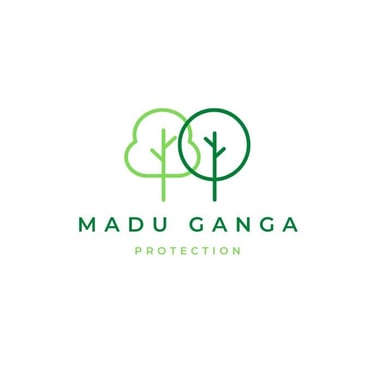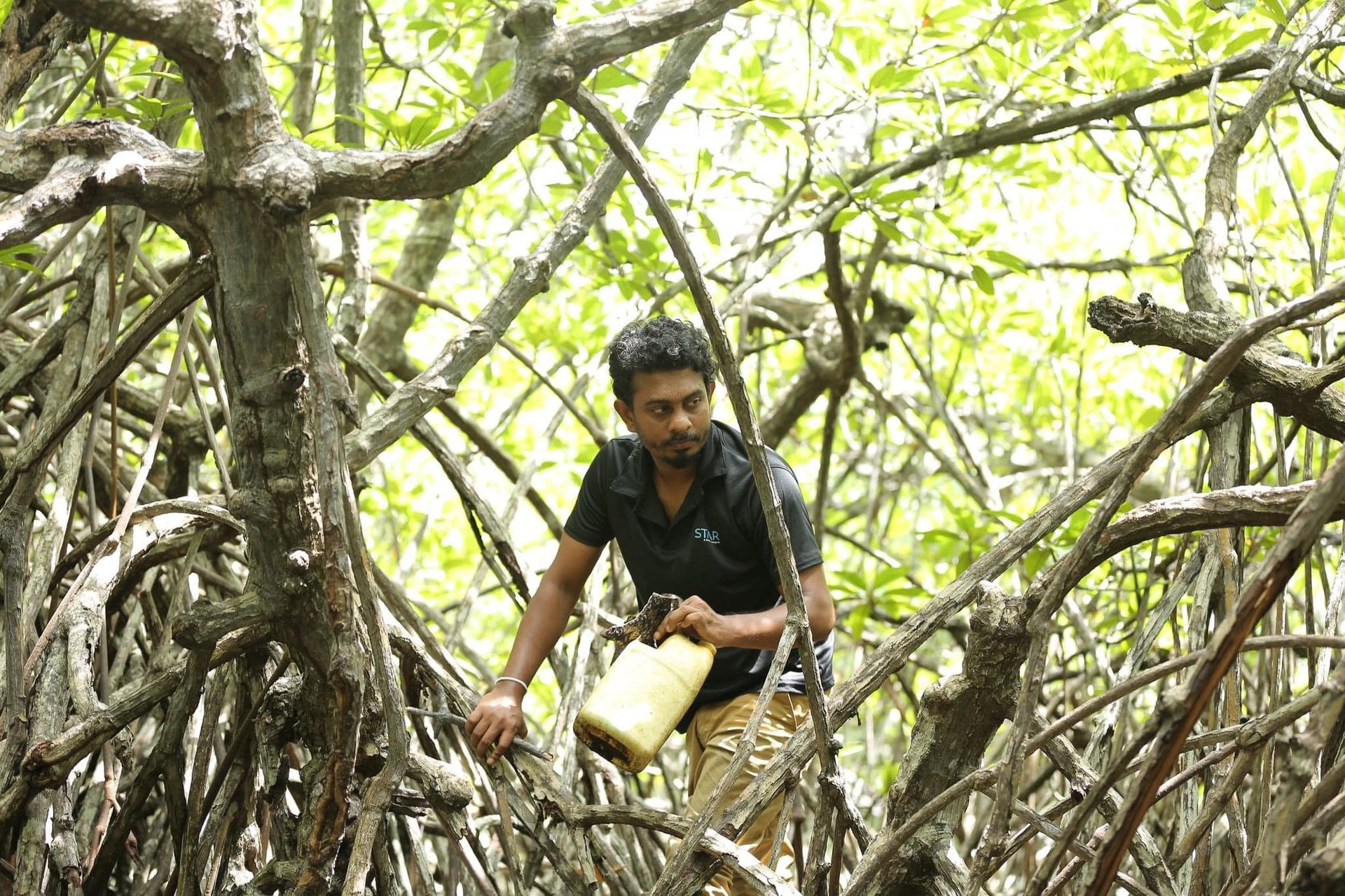
Protect Our River
Join us in our mission to protect the Madu Ganga River and build a sustainable future through conservation, education, and community empowerment.
Madu Ganga Foundation
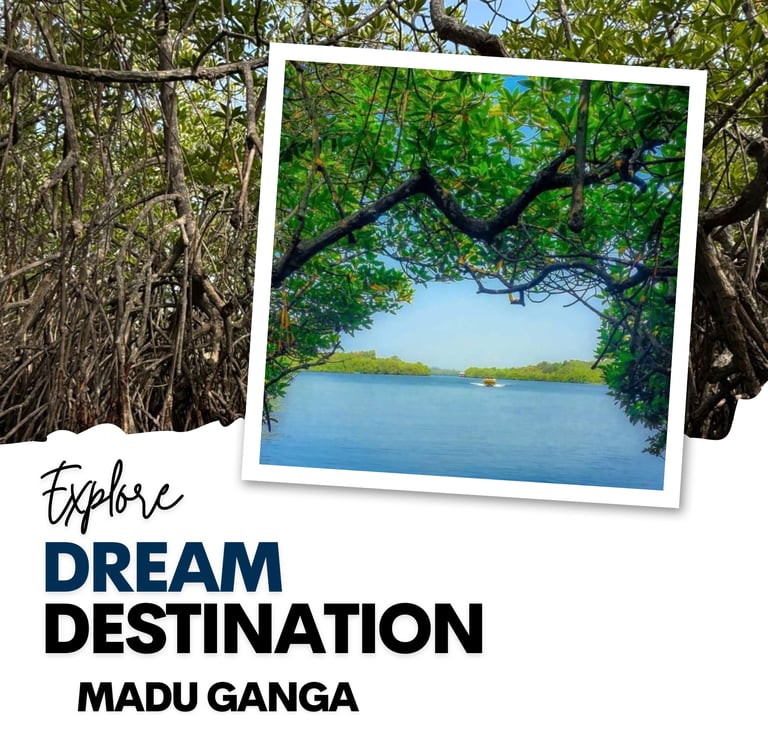

About Madu River (Madu Ganga), Sri Lanka
Madu River, also known as Madu Ganga, is one of Sri Lanka’s most treasured natural ecosystems, located along the southwestern coast near Balapitiya in the Galle District. This estuarine wetland covers approximately 915 hectares and includes a network of brackish water lagoons, mangrove forests, and over 60 small islands. The river flows into the Indian Ocean, and its unique mix of freshwater and saltwater environments makes it a vital ecological zone. It is connected to the smaller Randombe Lake by narrow channels, forming a complex wetland ecosystem that plays a crucial role in biodiversity conservation, coastal protection, and local livelihoods.
History and Cultural Importance
The Madu Ganga region is not only an ecological haven but also rich in cultural heritage. Several of its islands are home to historic temples, such as the Kothduwa Raja Maha Vihara, which has served as a sacred Buddhist site for centuries. In 1803, the Buddhist Amarapura Nikāya held its first higher ordination ceremony on boats anchored in the river. The region has long been known for its traditional cinnamon plantations, where generations of families have engaged in cinnamon peeling and spice trade. This blend of natural beauty and cultural significance makes Madu Ganga a living cultural landscape.
Ecological Value
Madu River is a hotspot of biodiversity. Over 300 species of plants and more than 240 species of vertebrates have been recorded in the area. The river and its islands are fringed with dense mangrove forests, home to rare and endangered plant and animal life. The mangroves serve as critical breeding grounds for fish, crabs, prawns, and other aquatic life. Birdwatchers can observe over 100 bird species, including kingfishers, herons, and cormorants. Reptiles, amphibians, and even monitor lizards thrive within the tangled mangrove roots. In recognition of its ecological importance, Madu Ganga was declared a Ramsar Wetland of International Importance in 2003.
Threats from Tourism and Development
In recent years, Madu Ganga has come under increasing pressure from unregulated tourism and rapid development. The popularity of boat safaris, while economically beneficial, has led to environmental degradation. Motorboats with large engines pollute the water with oil and noise, disturbing wildlife and accelerating erosion along riverbanks. Some tourist operators have introduced water sports such as jet skiing and banana boat rides—activities that are incompatible with the sensitive wetland ecosystem.
Furthermore, illegal construction along the riverbanks, clearing of mangroves for development, and improper waste disposal have contributed to water pollution and habitat loss. These activities threaten not only the biodiversity of the river but also the long-term livelihoods of local communities who depend on fishing, cinnamon cultivation, and sustainable tourism.
Conservation Efforts and the Way Forward
Several conservation initiatives have been launched to protect Madu Ganga. These include mangrove reforestation projects, community-based ecotourism programs, and educational campaigns aimed at both tourists and local stakeholders. Some local groups are working to promote sustainable cinnamon harvesting, low-emission boat tours, and better waste management practices.
For effective long-term conservation, it is essential to regulate tourism more strictly. This includes limiting the number of boats, enforcing eco-friendly boat operations, banning high-impact water sports in the core zones, and restoring degraded mangrove areas. Community engagement is vital—by involving local fishermen, cinnamon growers, and boat operators in conservation planning, the area can be protected in a way that supports both nature and people.
Why Madu Ganga Must Be Protected
The Madu River is more than a tourist attraction; it is a living, breathing ecosystem that sustains biodiversity, supports livelihoods, and embodies centuries of cultural heritage. If current threats continue unchecked, this delicate balance will collapse. Conservation is not just an environmental obligation—it is a social, economic, and cultural necessity. Protecting Madu Ganga ensures that future generations can continue to experience its beauty, benefit from its resources, and honor its history.
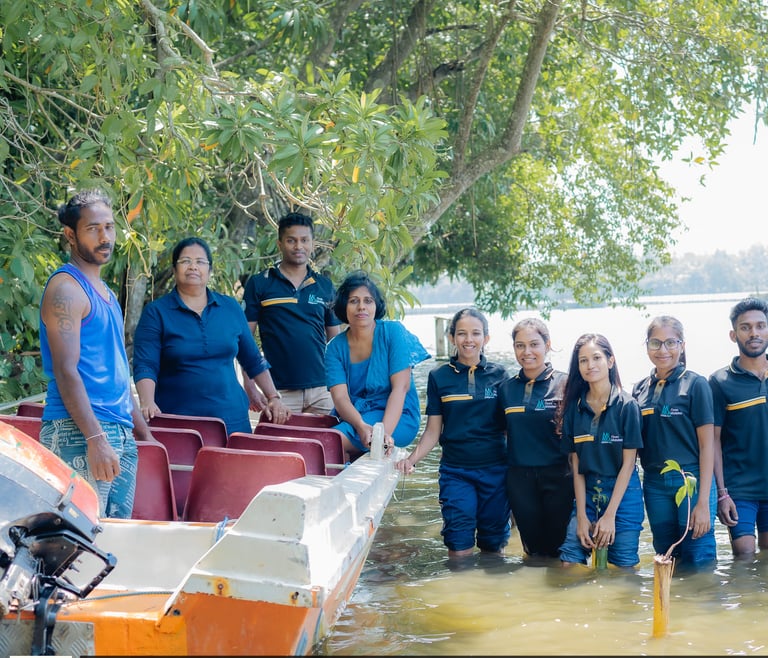

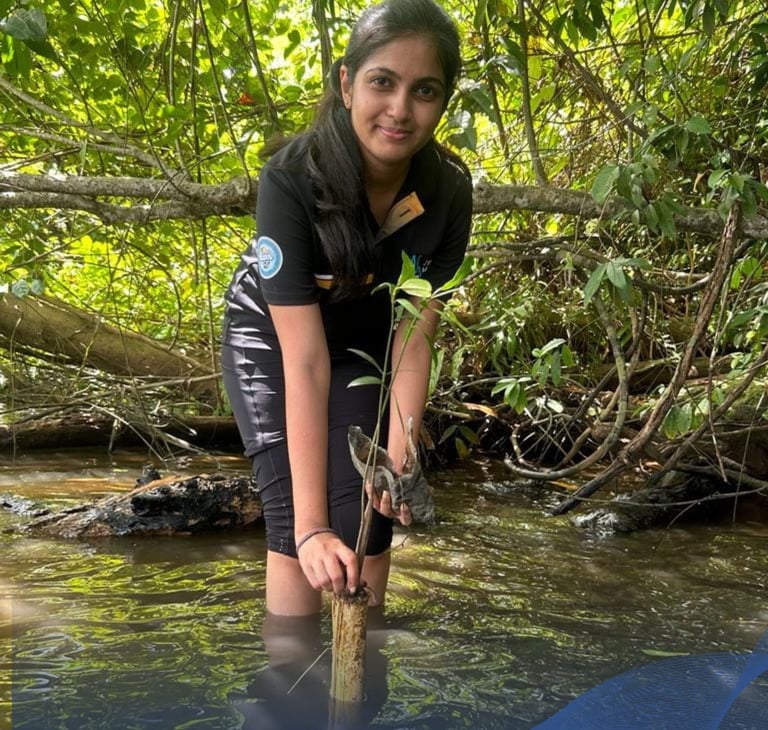

WHAT WE DO
Empowering communities through environmental initiatives.
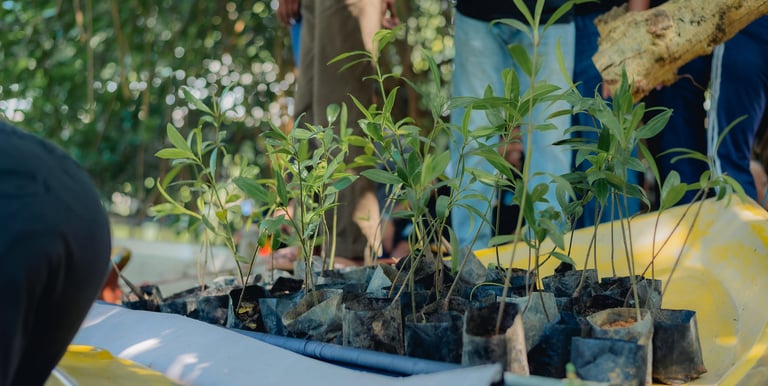

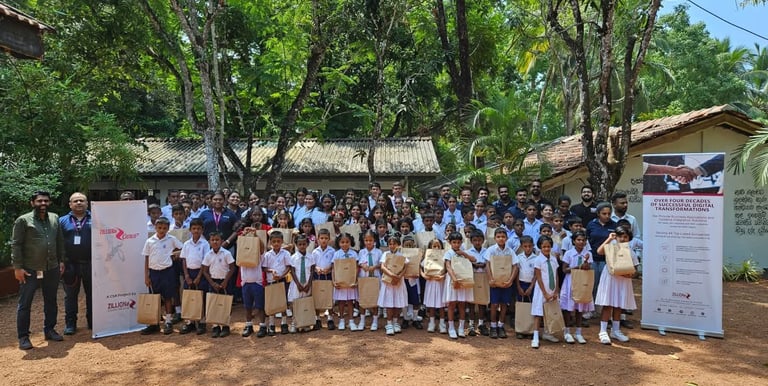

Education
At Madu Ganga Foundation, we proudly support the Maduwa Island School, helping to create better educational opportunities for the children of this remote island community.Through resources, mentorship, and community programs, we aim to nurture their dreams, inspire their learning, and give every child the chance to build a brighter future.We believe that education is the foundation of sustainable change—and by investing in these young lives, we are investing in the future of the Madu Ganga region.
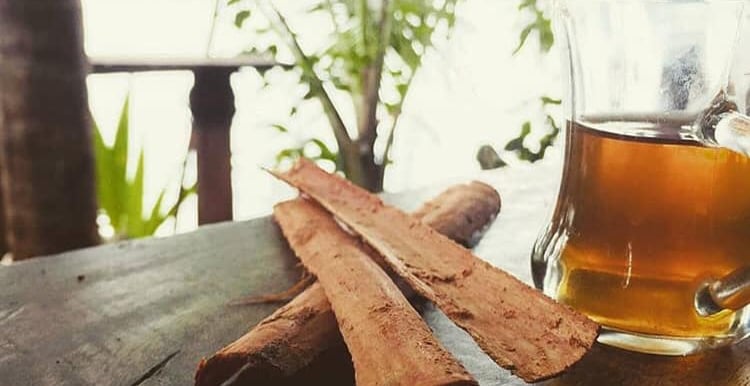

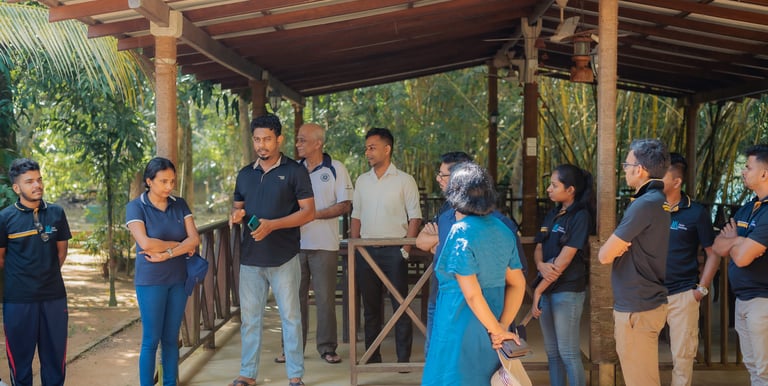

🚤 Eco-Tourism Development
👐 Volunteer & Partnership Programs
We offer meaningful opportunities for individuals, groups, and organizations to actively participate in our mission. Whether you're a student, traveler, corporate team, or NGO, you can join us in hands-on conservation, education outreach, and community development projects.From planting mangroves to teaching at the Maduwa Island School, your time and skills can make a lasting impact.We also welcome partnerships with like-minded institutions to expand our reach and strengthen local sustainability efforts.Together, we can protect Madu Ganga and empower its communities.
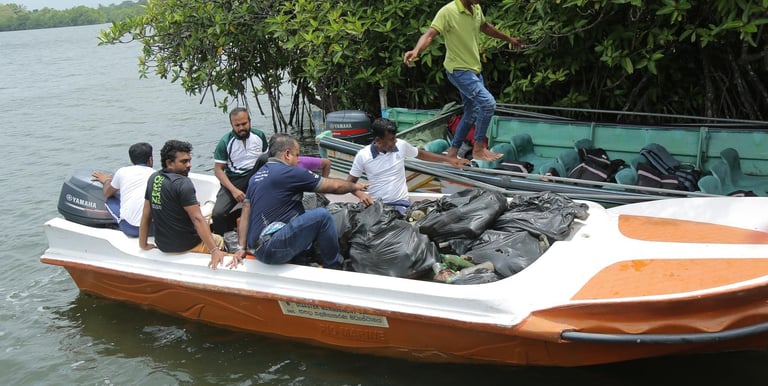

Protecting Madu River from Plastic & Waste Pollution
We are committed to protecting the natural beauty and ecological health of the Madu River through our ongoing Plastic and Waste Cleanup Project. With tourism and local activity increasing around the river, plastic pollution has become one of the most serious threats to the delicate wetland ecosystem. Discarded bottles, food wrappers, fishing gear, and other non-biodegradable waste pollute the water, endanger wildlife, and degrade the mangrove forests that are vital to the river's balance. Our team organizes regular cleanup missions along the riverbanks, islands, and waterways — removing plastic waste, educating visitors and locals about responsible disposal, and promoting sustainable tourism practices. We also collaborate with local communities, boat operators, and schools to build a long-term culture of environmental responsibility. Every piece of plastic we remove is a step toward restoring the Madu River to its natural, pristine state.
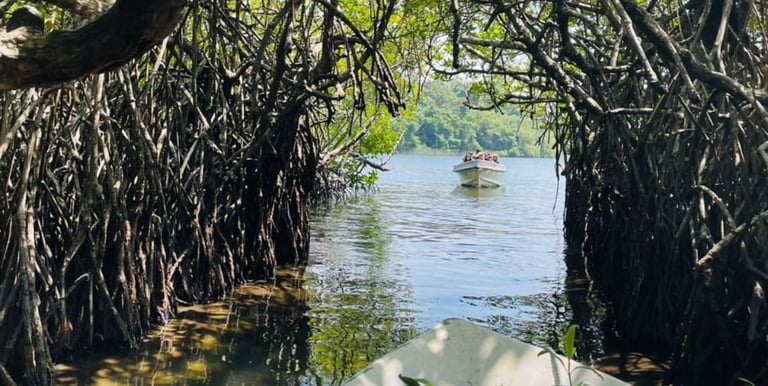

Explore the serene beauty of Madu River with our Eco‑Tourism Safari. Navigate through winding channels of lush mangrove forest, glide past aromatic cinnamon islands where generations of growers harvest the spice, and witness vibrant birdlife and aquatic creatures in one of Sri Lanka’s most ecologically significant wetlands. Our carefully guided boat tours are designed to immerse you in the natural rhythms of this unique ecosystem—while respecting it. With every trip, we emphasise minimal disturbance, support local livelihoods and contribute to ongoing conservation efforts. Join us for an unforgettable journey that blends nature, culture and sustainability.
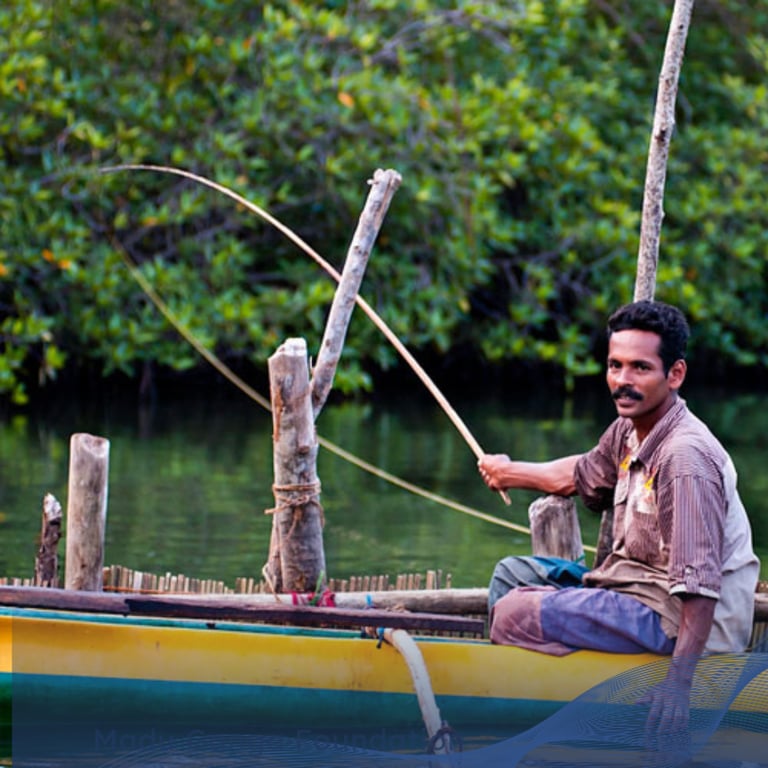

empowering the surrounding fishing families of the Madu Ganga:
We partner closely with the local fishing families of the Madu River ecosystem—those whose lives have long been interwoven with the mangrove channels, cinnamon islets and brackish‑water fisheries of this special wetland. By engaging them as boat guides, nature interpreters and eco‑tourism hosts, we create meaningful livelihood opportunities that align with conservation. Their deep knowledge of the river’s rhythms, its birdlife, fish nurseries and traditional net systems enriches the safari experience, while fair‑wage employment, training in sustainable practices and inclusion in decision‑making builds stronger, more resilient communities. In this way, our safari is not just a journey for our guests—it’s a catalyst for local empowerment, environmental stewardship and shared prosperity.
At Madu Ganga Foundation, we are devoted to protecting our Madu River — a lifeline of biodiversity, culture, and community in Sri Lanka.Through conservation, education, and local engagement, we work every day to preserve its natural beauty, restore its ecosystems, and ensure it remains a source of life for generations to come.This river is not just water — it’s our heritage, our responsibility, and our future.
Conservation
🚤 Eco-Tourism Development
We promote ethical and sustainable tourism along the Madu Ganga River by training local guides, encouraging eco-friendly practices, and supporting community-led tourism initiatives.Our goal is to create meaningful experiences for visitors while protecting the natural environment and providing income opportunities for local families. From eco-boat tours to cultural exchanges, we ensure tourism benefits both people and nature — without causing harm to this fragile ecosystem.
🚤 Eco-Tourism Development
Gallery
Explore the beauty of Madu Ganga
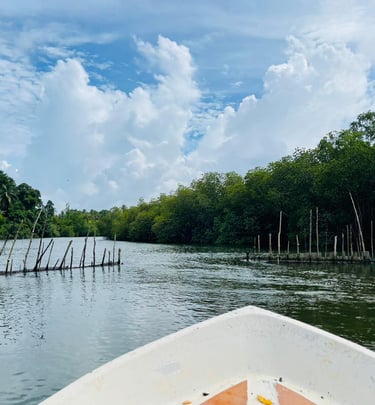

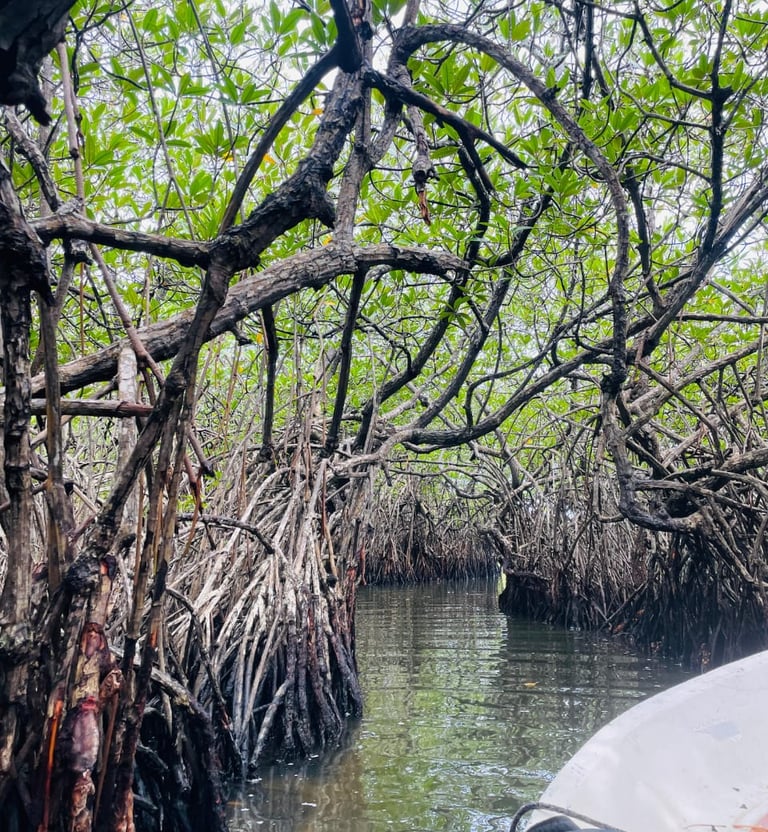

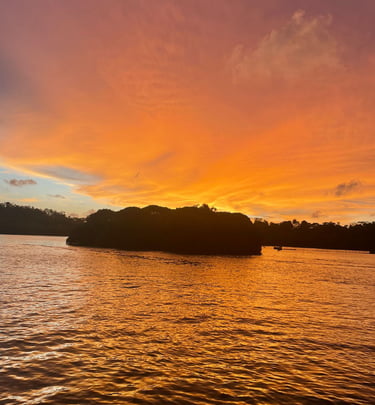

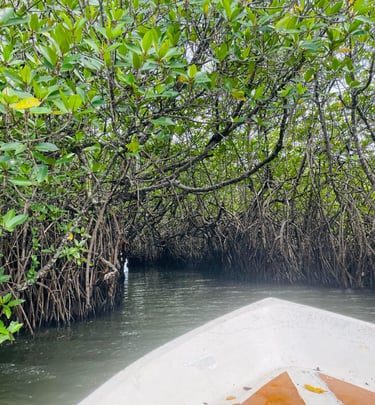

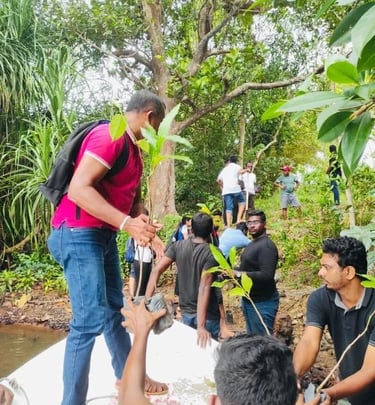

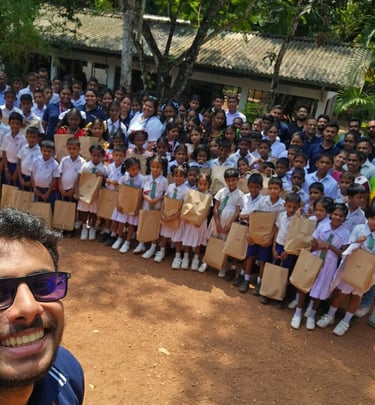

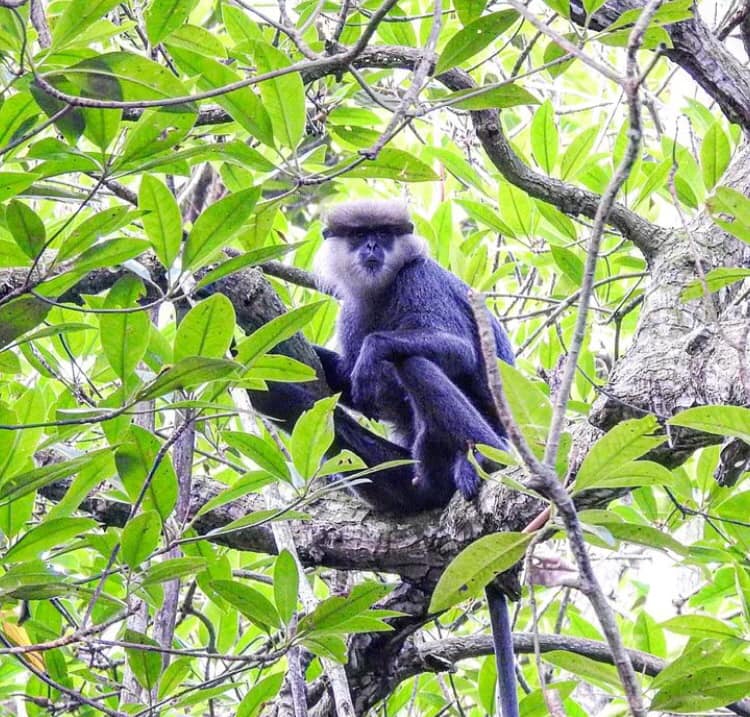

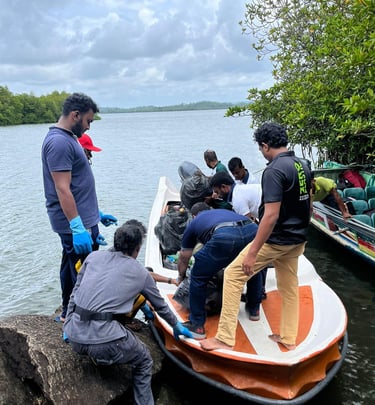

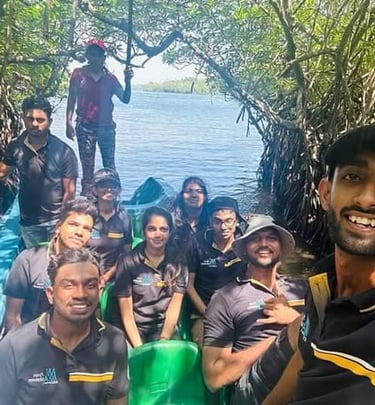

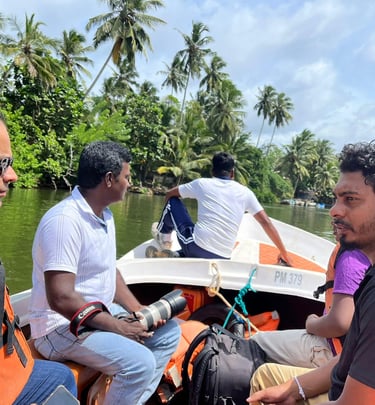

Reviews
Hear from our supporters.
The Madu Ganga Foundation is making a real difference!
Sam
Colombo
Their efforts in conservation inspire hope for our future.
Naleen
Galle
